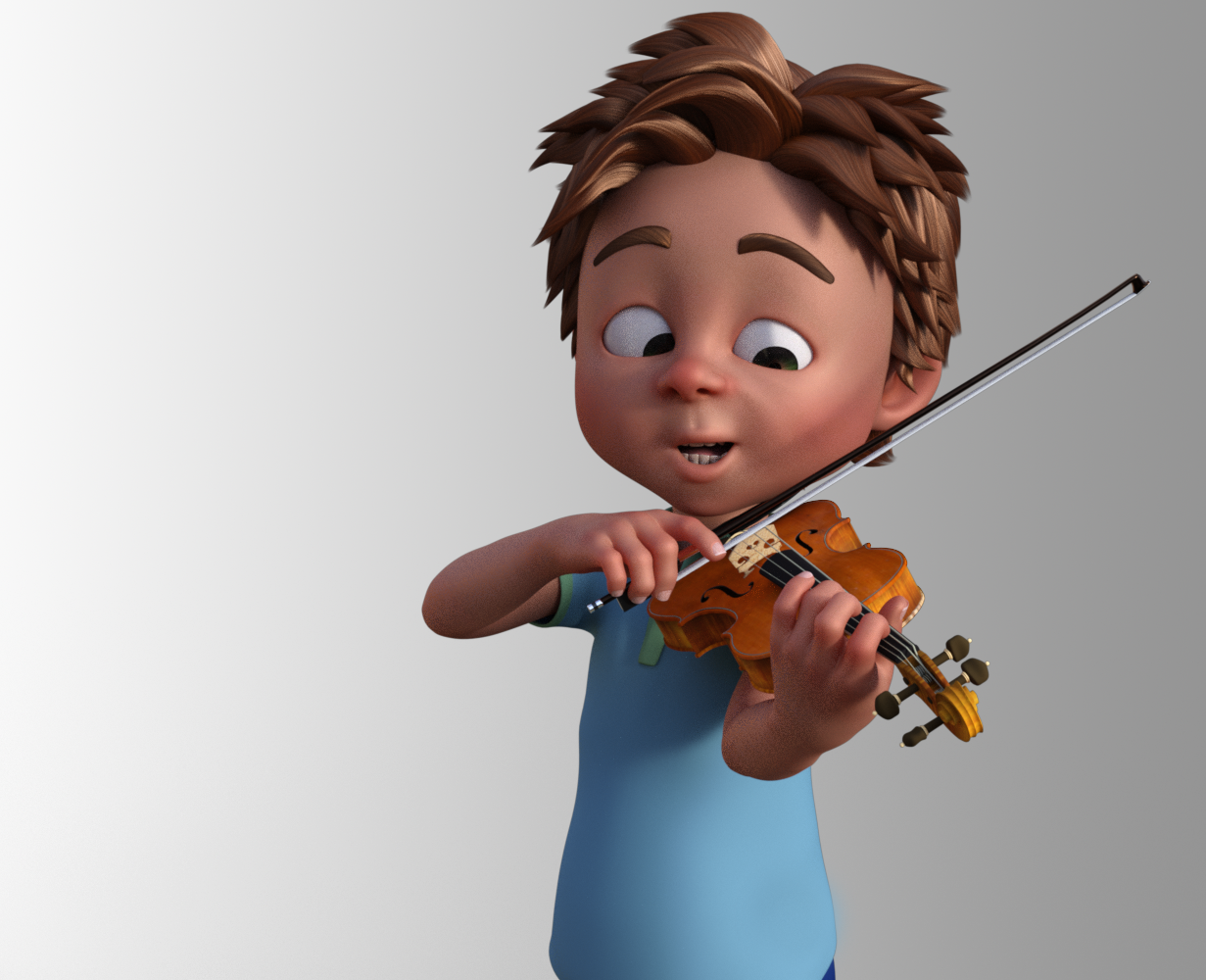Violin Etude in A minor by Fiona Vilnite
Despite many great etudes having been written in the last 200 years or so, there always seems to be a great difficulty in finding etudes for novice and intermediate players that are short enough to be played from beginning to the end in one lesson. In any case, it does seem that many etudes say what they want to say – both musically and technically – in the first half-page or so, and the remainder of the etude is pretty much a repetition of those first ideas.
I’m pretty sure that the world must have been very different one or two hundred years ago. I often find myself wondering – did kids in those days have to squeeze their violin lessons between school, sports events, arts classes and dancing (not to mention the hours needed to gain technological proficiency)? If not, then maybe they really did have the time for long violin lessons – and practice sessions – so that pages of violin etudes could be learnt from memory. But today is different. More homework, more clubs… you name it. There seems to be a need for shorter etudes 🙂
This etude No. 2 in A minor by Fiona Vilnite explores the key of A minor in the first position and expands the concept of shifting by introducing a simple harmonic on the A string a the end. It explores the fluent use of consecutive fingers in the minor and finger patterns that are commonly seen in the violin repertoire. The etude can also be used to bring into awareness bow division – the deliberate use of different parts of the bow – and for changes of dynamics.
The etude is now on YouTube – played slowly on the piano with a metronome – to assist in practice.
Happy Practising!

